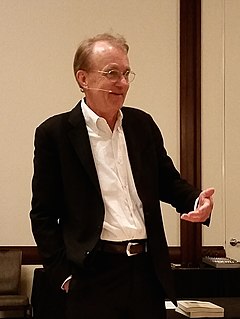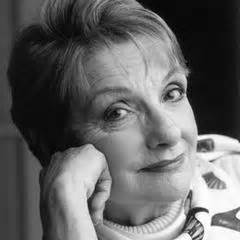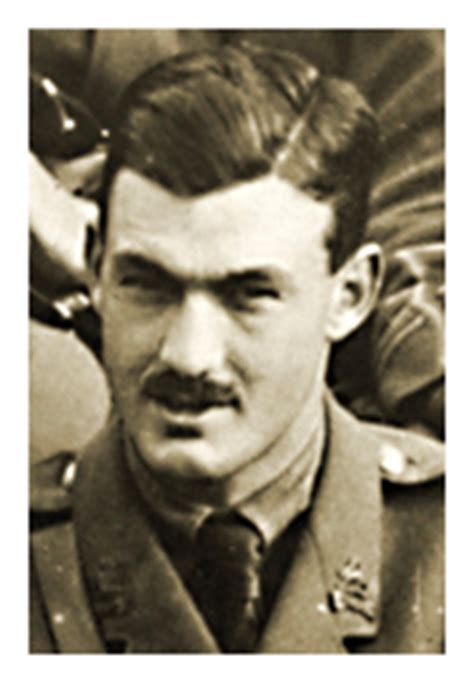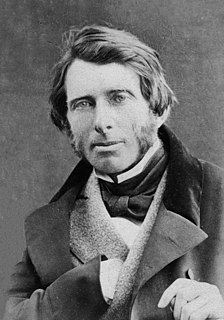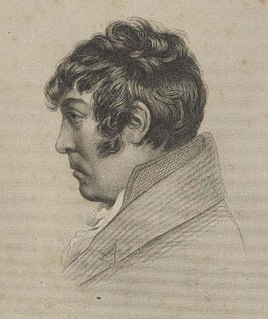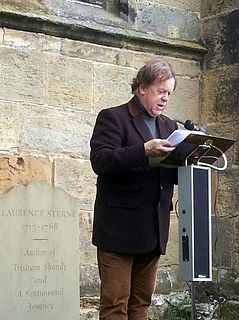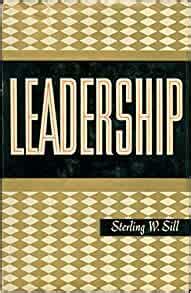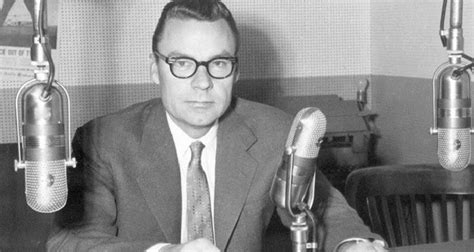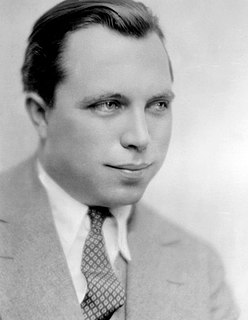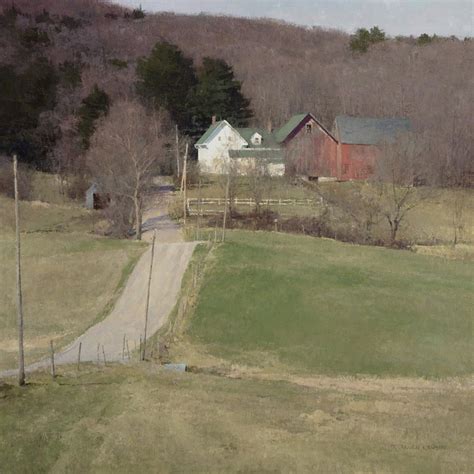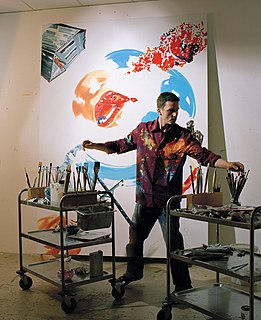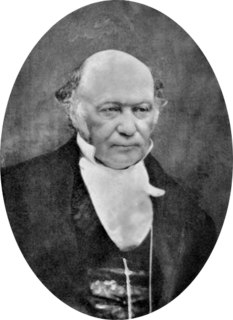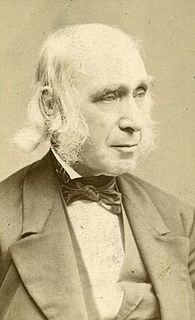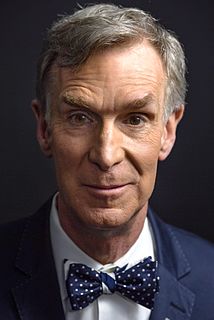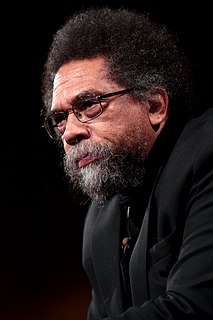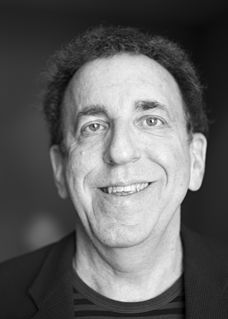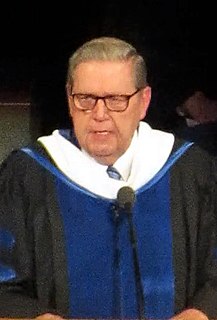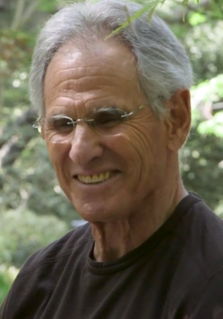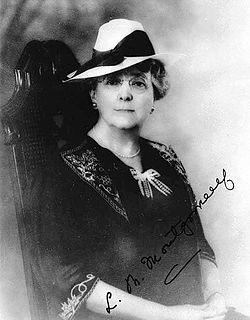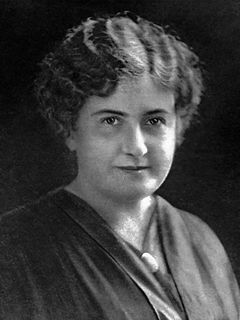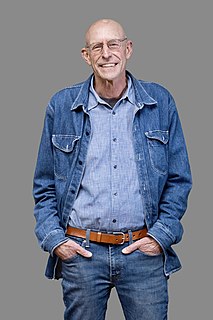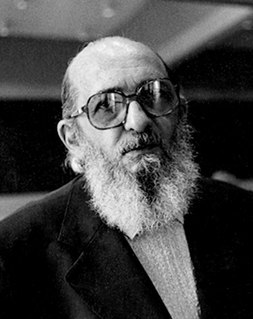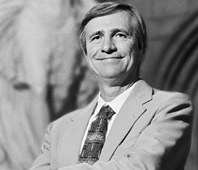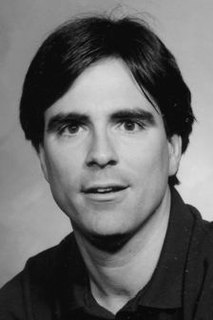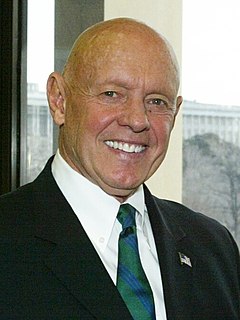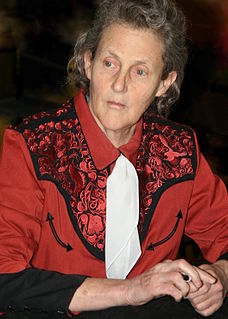A Quote by Edward Tufte
Graphical excellence is that which gives to the viewer the greatest number of ideas in the shortest time with the least ink in the smallest space.
Related Quotes
Nothing motivates like success. While academics, consultants and gurus are preoccupied with coming up with great insights and seminal ideas, usually they don't realize that making things happen, achieving operational excellence, moving the organization from uncertainty to clarity, from red ink to black, is what really creates hope for a better future. Therefore, great leadership always involves great ideas and real actions that reinforce a strong belief in the excellence of the decision makers and in the viability of the organization itself.
Organizing time is exactly like organizing space. Just as a closet is a limited amount of space into which you must fit a certain number of objects, a schedule is a limited space into which you must fit a certain number of tasks. Each day and each week is simply a container, a storage unit with a definite capacity. The trick is to treat time not as an abstraction but as something solid that you can hold on to and move around.
While, on the one hand, the end of scientific investigation is the discovery of laws, on the other, science will have reached its highest goal when it shall have reduced ultimate laws to one or two, the necessity of which lies outside the sphere of our cognition. These ultimate laws-in the domain of physical science at least-will be the dynamical laws of the relations of matter to number, space, and time. The ultimate data will be number, matter, space, and time themselves. When these relations shall be known, all physical phenomena will be a branch of pure mathematics.
I heard of somebody once who said he was interested in doing the greatest amount of good for the greatest number, and that the greatest number was number one. That was himself. That may sound like a little bit of selfishness, but if that is selfishness, at least it is a very intelligent selfishness. Everyone has a right to be interested in himself, and I am confident that God wants us to be interested in ourselves first; that is, the first soul that anyone should bring to God should be his own soul.
Do each day all that can be done that day. You don't need to overwork or to rush blindly into your work trying to do the greatest possible number of things in the shortest possible time. Don't try to do tomorrow's or next week's work today. It's not the number of things you do, but the quality, the efficiency of each separate action that count. To achieve this "habit of success," you need only to focus on the most important tasks and succeed in each small task of each day.
In my opinion, the motion picture is the greatest medium of expression ever invented. It embraces all the other arts. The films that have the greatest unity, the greatest overall strength, and give the most satisfaction to the viewer, have been those in which a guiding hand was imposed in every section of the film's many divisions.
Time is said to have only one dimension, and space to have three dimensions. ... The mathematical quaternion partakes of both these elements; in technical language it may be said to be 'time plus space', or 'space plus time': and in this sense it has, or at least involves a reference to, four dimensions. And how the One of Time, of Space the Three, Might in the Chain of Symbols girdled be.
In however complex a manner this feeling may have originated, as it is one of high importance to all those animals which aid and defend one another, it will have been increased through natural selection; for those communities, which included the greatest number of the most sympathetic members, would flourish best, and rear the greatest number of offspring.
The fact is that the camera is literal if anything, which gives it something in common with a thermometer... Often the tension that exists between the pictorial content of a photograph and its record of reality is the picture's true beauty. There is sleight of hand in photography... you make the viewer think he's seeing everything while at the same time you make him realize he's not. I try to make my pictures seem reasonable and then, at the last minute, pull the rug from beneath the viewer's feet, very gently so there's a little thrill.
